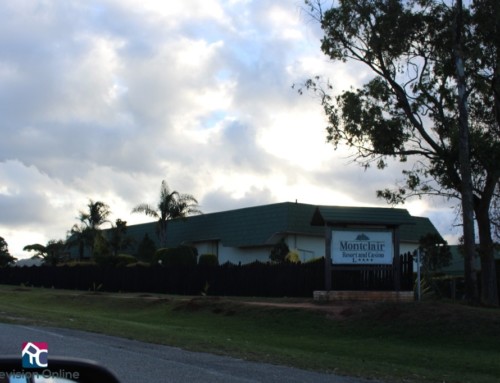
Raw Coke. Image credit MedialWiki
ZIMSEC O Level Combined Science Notes: The manufacture of coke at Hwange
- Coke is a hard prous residue formed when coking coal is heated to 1250°C in the absence of air
- It is almost pure carbon
- It is often used as a raw material by the metal industry
The process of making coke
- Coaking coal is fed into a battery of long coke ovens
- The ovens are lined with silica brick
- The ovens are heated with coal gas
- After 16 hours the coal is transformed
- If 17 tonnes are fed into the ovens about 12 tonnes of coke are obtained
- After the process is complete the red-hot coke is ejected from the ovens and drenched with water
- When the coke is drained it is send to ZISCO and other metal extracting companies
- Coking byproducts make up the difference between the mass of the coal input and the coal output
The by-products and their uses
- Various by-products are given off by the coking process
- Some of them are used as they are for example coal gas but some have to be refined
- After they are refined these by-products have different uses
- The table below shows the various by-products of the coking process and their uses
| By-Product | Refining Process | Uses |
|---|---|---|
| Coke which is almost pure carbon | Destructive distillation |
|
| Ammonia | Distillation |
|
| Benzol | Fractional distillation to give oily liquid products with different boiling points ( benzene, toluene, xylene) |
|
| Tars | Distillation |
|
| Coal gas | None |
|
To access more topics go to the Combined Science Notes page.







